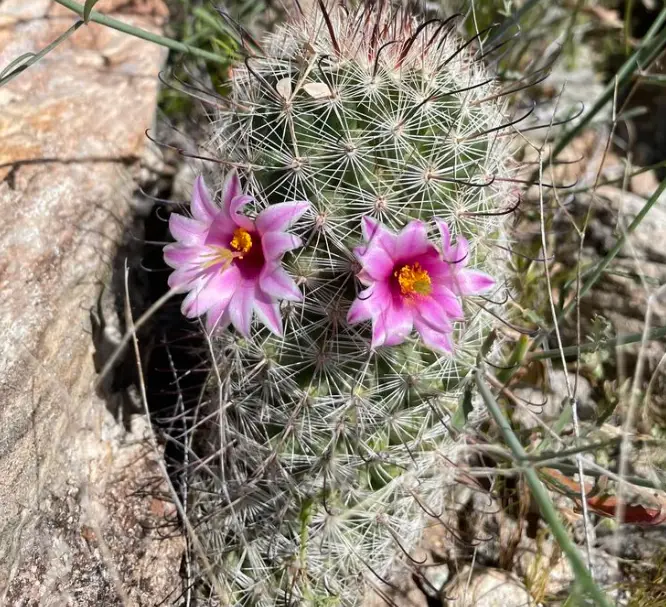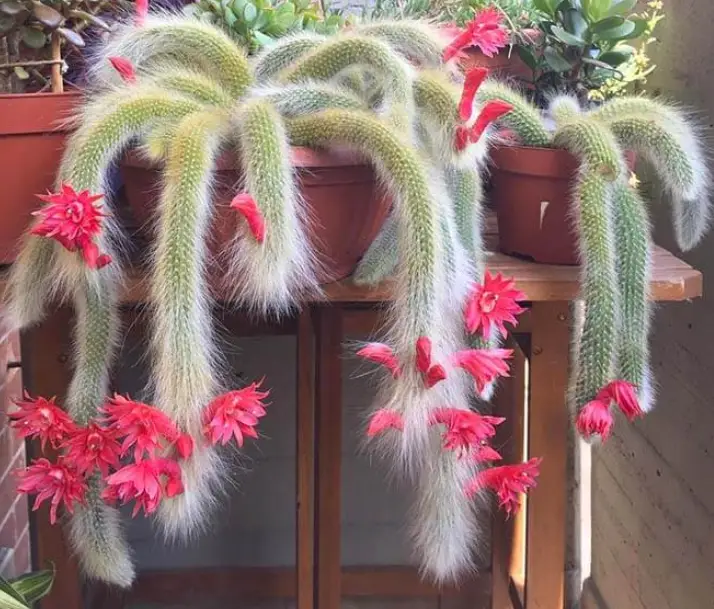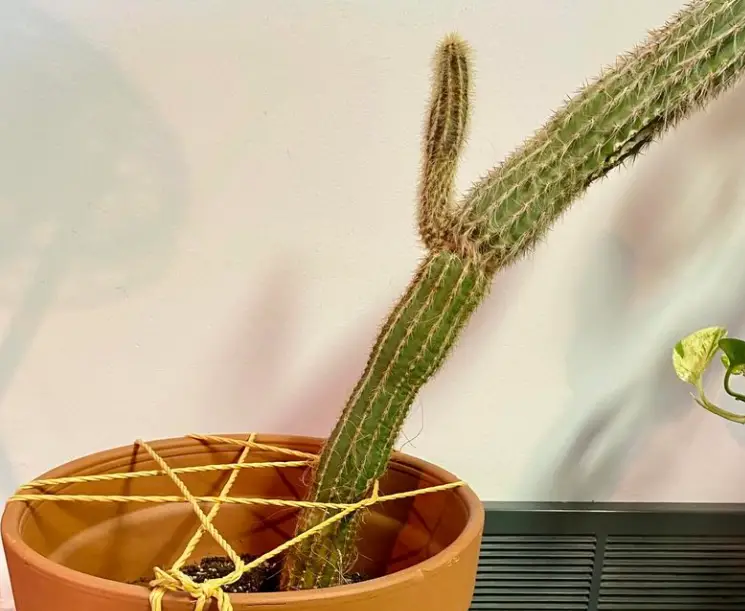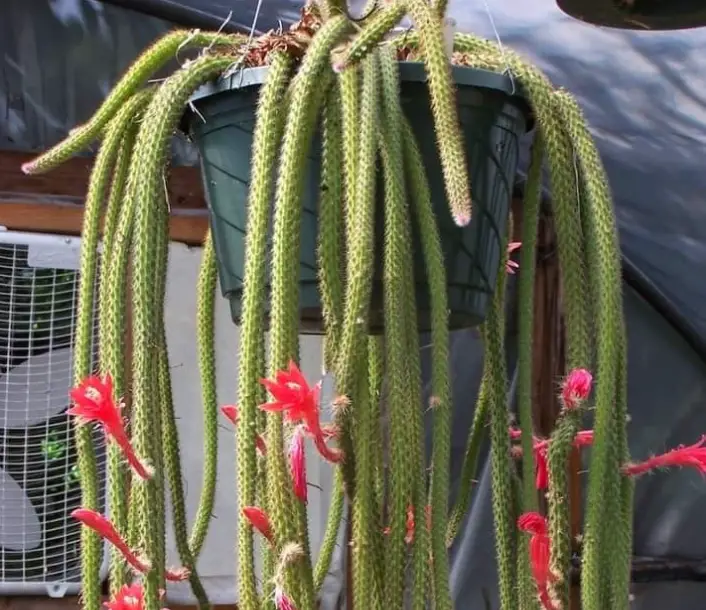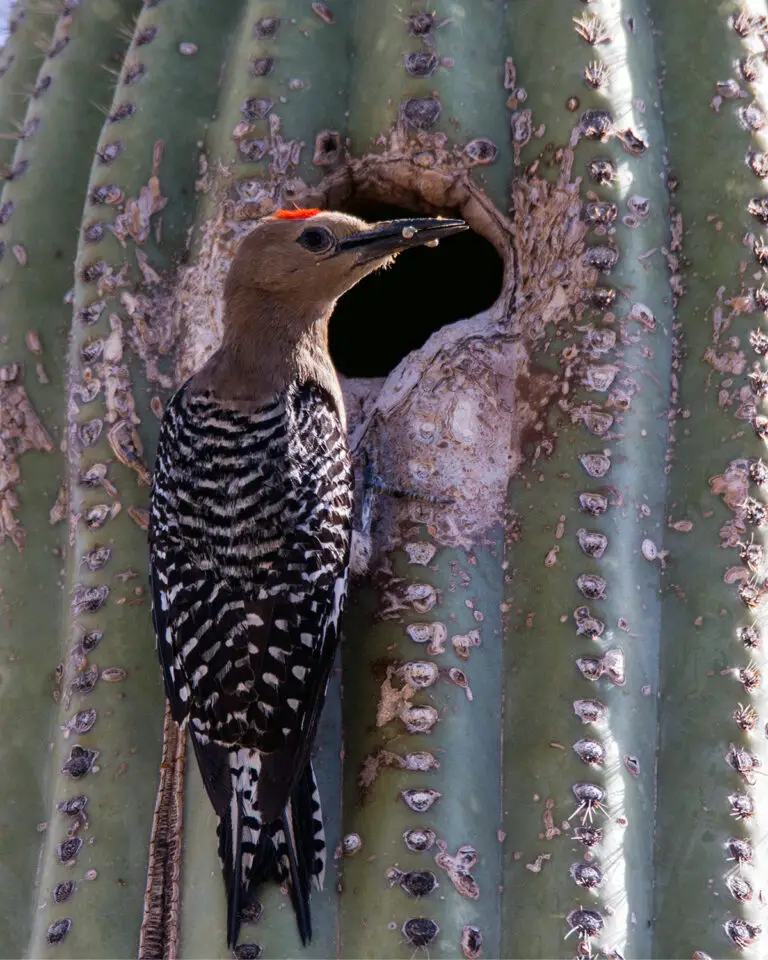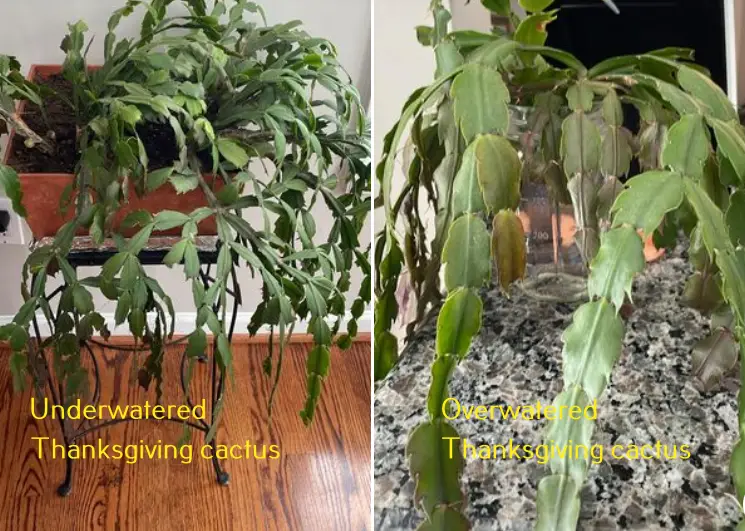Moon Cactus Grafting + Indoor Care Guide
Moon cactus, also called Hibotan, is a mutant albino species that won’t produce chlorophyll; this makes it expose the bright neon shades. Since these plants cannot photosynthesize, grafting them onto a rootstock cactus gives them sugars and nutrients for survival.
Grafting a moon cactus involves attaching the colorful top part of the plant (that cannot produce chlorophyll) onto the rootstock of a green cactus of a different species that can produce sugars to support its growth and survival.
However, this plant needs great care to thrive. If you just purchased a grafted moon cactus, place it in a warm place with partial sunlight, preferably near a window.
Water the cactus only when the soil feels completely dry. Overwatering or soggy soil conditions will cause root rot. Additionally, dose it with a cactus fertilizer every month during its growing season.
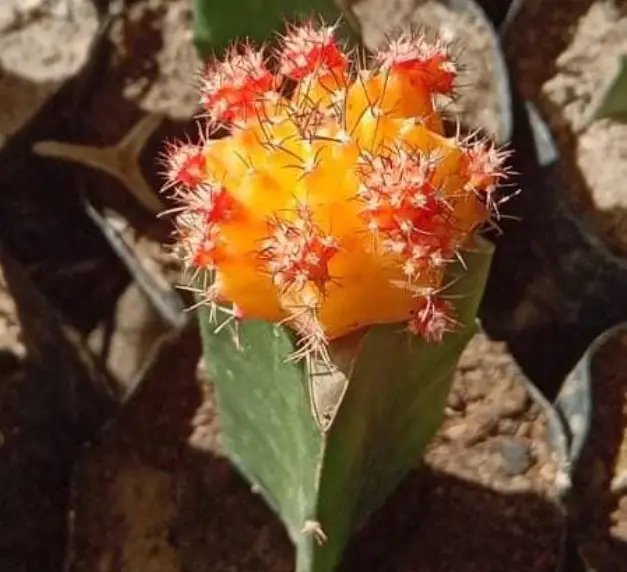
Moon Cactus Grafting – Steps
The moon cactus is usually sold already grafted in a process where the Hibotan is cut at the bottom and attached to heal on a rootstock (dragon fruit) whose top has also been removed.
However, the plant won’t survive long before it dies due to compatibility issues between the two grafted species.
To save a dying moon cactus, you must re-graft it with a new rootstock. If you notice that your moon cactus rootstock is turning brown or shriveling, here is what to do:
- Carefully cut off the colorful top of the cactus using a sharp, sterilized knife. Ensure no part of the rootstock remains on the scion.
- Get a new rootstock, preferably the same size as the old one, and perfectly cut off its top.
- Attach the two cactuses’ cut ends and tightly secure them with a rubber band.
- Place the re-grafted moon cactus in a warm, bright place away from direct sunlight.
- The two cacti will bond and heal within two to three weeks, and you can now remove the rubber band.
Moon cactus indoor care requirements
With proper care, the moon cactus will reward with bright, vibrant colors for many years.
Moon cactus water requirements
The moon cactus isn’t thirsty; it has minimal watering needs. You should water only when the soil feels completely dry to the touch. To test for moisture, simply dip your finger in the soil. During winter, mature moon cactus is better off without water.
Overwatering a moon cactus can result in root rot. Excess water in the soil limits air around the roots, which makes them suffocate and die. Ensure the moon cactus pot has working drainage holes. Preferably use unglazed terracotta clay pots.
Overwatered mood cactus is likely to wilt and die in a matter of days. Early signs include rootstock turning brown or becoming mushy.
If you suspect your moon cactus is overwatered, remove it from the current soil, cut the damaged roots, clean the plant in water and repot in fresh soil mix designed for succulents. Adding gravel at the bottom of your planter is also helpful in improving drainage.
Temperature and light requirements
The moon cactus rootstock highly depends on light for photosynthesis. However, too much direct sunlight may scorch the plant. It is, therefore, necessary to provide an appropriate balance of light and shade.
Ideally place, the cactus is a place that receives partial sunlight, preferably near a window. Relocate the plant as soon as you notice any sign of sunburn.
Moon cactus prefers a warm environment. Place it in a place where the temperature does not dip below 60 degrees Fahrenheit (16 Degrees Celsius). You can keep it outdoors during the warmer months of the year but protect it from rain and direct sunlight.
Frost is fatal to a moon cactus, so cover it or bring it indoors when the temperature drops below 40 degrees Fahrenheit. Prolonged exposure to frost will freeze the plant, and the tissues will soften and rot.
Fertilizer requirements
To boost the moon cactus’s nutritional needs, you need to fertilize it during its active growth in spring and summer. Apply a water-soluble houseplant fertilizer, such as 20-20-20 weekly, mixed at 1/4 teaspoon per 1 gallon of water. Do not fertilize during winter.
Potting Requirements
Cactuses soil is the best for propagation or repotting a moon cactus. However, you can make your own cactus soil by mixing regular potting soil and sand in equal proportions. You may add a bit of gravel at the bottom of the pot to enhance drainage.
Moon cacti also like small quarters. It is easy to overwater a cactus when you have a big pot. Keep it a small but slightly bigger pot by an inch from the current one if you are repotting the plant. Make sure the pot has drainage holes.
Pest Control
Although pests aren’t common on a moon cactus, you’d want to inspect yours for aphids, spider mites, and mealy bugs. If you notice any of them, go to your local gardening center and get the right insecticide. Be sure to use as directed on the product label.
Final Thought
The moon cactus (Gymnocalycium mihanovichii) is a desert plant native to South America. These plants come in bright, vibrant shades of hot pink, brilliant orange, and neon yellow. They are commonly grafted on compatible cactus species and sold as houseplants.
With proper care, moon cactus can brighten your home for many years. Simply water sparingly, provide a few hours of direct sunlight, and fertilize monthly. If the cactus isn’t healthy, graft it on a new root stock.
Reference:
- University of Arkansas Cooperative Extension: Plant of the Week; Grafted Cactus, Neon Cacti, Moon Cactus, Hibotan Cactus
- Clemson University Factsheet: INDOOR CACTI
My name is Diane M Lewik, and I am the founder of this website. I am a degree holder in plant biology from the University of California – Berkeley. Over the years, I have cultivated a vast collection of succulents and I have learned a great deal about how to grow and care for these unique plants. Feel free to ask any questions in the comment section below.
